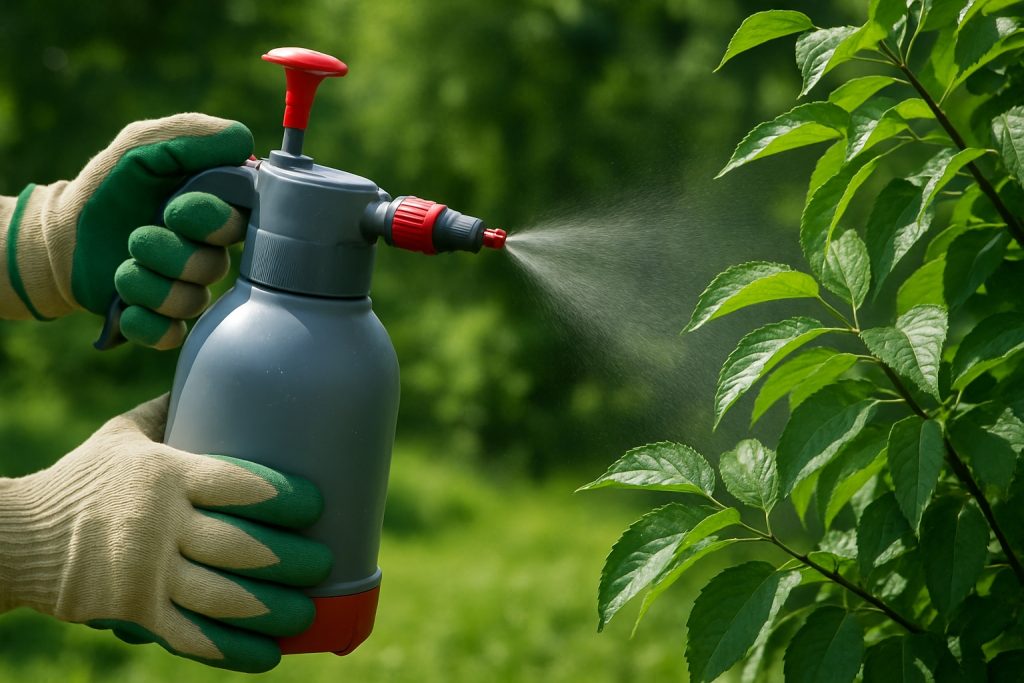Tree Disease Treatment in Aston, PA
When the trees on your Aston property start to decline—drooping branches, spotted leaves, bark that flakes too easily—it’s not just nature taking its course. These symptoms point to an underlying problem, often more serious than it appears. Professional tree disease treatment isn’t just a remedy—it’s a safeguard for your landscape’s longevity and beauty. With the right approach, even a distressed tree can return to full vitality. And in Aston, PA—where native trees are both a staple of the scenery and a product of specific environmental stressors—the solution must be carefully tailored. Restoring your trees begins with a thoughtful, localized plan that blends biological understanding with hands-on expertise.
Why Trees in Aston Face Unique Health Challenges
Aston’s tree canopy includes a mix of deciduous hardwoods, ornamental species, and evergreens, many of which are aging and increasingly susceptible to disease. The township’s high rainfall totals, shaded residential areas, and varied soil textures create a breeding ground for common issues like root rot, fire blight, and verticillium wilt. Compounded by suburban development and lawn irrigation patterns, trees here often endure compacted soils, reduced airflow, and fungal pressure throughout the growing season.
Treating tree diseases in this region requires an understanding of how microclimates and soil pH influence pathogen spread. A cookie-cutter solution simply won’t work. What helps an oak along Pennell Road might fail completely on a hemlock in the Rockdale section. The key lies in early detection and context-specific intervention.
Signs Your Trees May Be in Trouble
Early-stage symptoms of tree disease are easy to miss—or dismiss. Yellowing leaves during summer, unseasonal leaf drop, or slow budding in spring may be more than just seasonal quirks. Likewise, bark lesions, cankers, or odd fungal growth at the base may indicate internal decay or pest-borne infection.
Here’s what you might notice before things get worse:
-
Branch dieback beginning from the crown
-
Blackened or sunken spots on bark or stems
-
Sticky or foamy sap excretions
-
Mushrooms or fungal shelves near the roots
-
Sparse or malformed leaf growth
Ignoring these issues risks irreversible structural damage, and in some cases, tree loss. Prompt diagnosis is your strongest defense.
What to Expect from a Professional Tree Disease Assessment
When you schedule a disease treatment service, the process should begin with a full health assessment—not just of the tree itself, but of the surrounding landscape. Certified arborists will inspect foliage, bark, root zones, and soil conditions, and may test for pathogens or insect activity. They’ll look beyond symptoms to uncover contributing factors like poor drainage, incorrect mulching, or even damage from previous pruning.
The treatment plan that follows will be customized to your tree’s specific needs and disease stage. It might include:
-
Targeted fungicide or bactericide applications
-
Soil amendments to improve nutrient uptake and drainage
-
Airflow restoration through selective thinning
-
Insecticidal treatment for borers, aphids, or scale
-
Trunk injections for internal infections
Each step is focused on not just halting the disease but helping your tree build natural resistance for the seasons to come.
Tips for Maintaining Tree Health After Treatment
Disease treatment is just the beginning. Trees, like any living organism, require ongoing care to remain resilient. Once professional service has addressed the core issue, property owners can take several steps to support continued recovery and reduce the risk of future outbreaks:
-
Mulch appropriately—no volcano mulching near the trunk
-
Avoid overwatering or compacting soil around the roots
-
Prune only during the dormant season to limit exposure
-
Remove any infected debris immediately from the site
-
Monitor trees seasonally for changes in growth, color, or texture
Think of tree health as a cycle—what you do today directly impacts how your trees withstand tomorrow’s stressors.
Partnering with a Local Team That Understands Aston
Not all arborists are created equal. The nuances of tree health in southeastern Pennsylvania demand more than general knowledge—they require a local touch. From tree-of-heaven infestations to bacterial leaf scorch affecting native oaks, Aston presents distinct challenges that are best handled by professionals with experience in the region’s ecosystems.
When you partner with a locally trusted team, you gain not just treatment but stewardship. You’ll benefit from recommendations that consider local zoning, neighborhood biodiversity, and long-term sustainability—not just quick fixes.
Reclaim the Health of Your Trees—And the Beauty of Your Property
If your trees are showing signs of stress or decline, don’t wait for the situation to worsen. Early, informed intervention can mean the difference between recovery and removal. Whether it’s a single ornamental tree or a row of stately hardwoods, restoring their health is an investment in your home’s safety, value, and curb appeal.
Reach out today to schedule your professional assessment. Our expert team is ready to design a customized treatment strategy that breathes new life into your landscape. Call now or complete our online request form to reserve your spot—appointments fill quickly, especially during peak growing seasons. Secure your place on our schedule and take the first step toward healthier, stronger trees.


